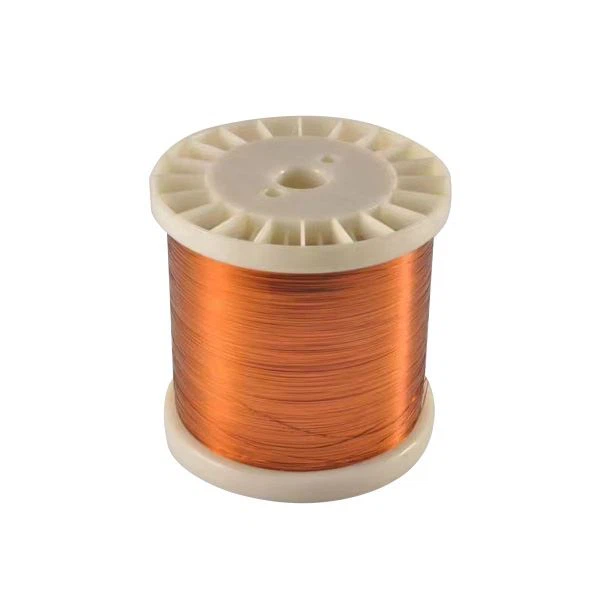In the realm of modern technology, innovation knows no bounds. From the soaring skyscrapers that define our urban landscapes to the intricate circuitry within our electronic devices, materials science plays a pivotal role in shaping our world. One such marvel of materials engineering is the Copper Coated Film – an unassuming yet transformative invention that has left an indelible mark across diverse industries.
What is Copper Coated Film?
Copper coated film, often referred to as copper-coated polyimide film, is a remarkable product that merges the remarkable electrical conductivity of copper with the flexibility and durability of polyimide film. This ingenious combination has given birth to a material that has become a cornerstone in fields ranging from electronics and energy to aerospace and beyond.
The process of creating copper coated film involves depositing a thin layer of copper onto a polyimide substrate through techniques such as sputtering or electroplating. The result is a film that boasts excellent thermal stability, exceptional electrical conductivity, and remarkable corrosion resistance.
Applications that Shine:
1. Electronics and Circuitry: Copper coated films have revolutionized the electronics industry. They are a vital component in the creation of flexible circuits, RFID antennas, and flat-panel displays. The ability to integrate circuits onto flexible substrates has paved the way for foldable smartphones, wearable technology, and other innovative electronic devices.
2. Energy Sector: The energy sector has harnessed the potential of copper coated films in myriad ways. They are used to manufacture thin, lightweight, and efficient solar panels. The conductivity of copper ensures minimal energy loss during transmission in solar panels, improving overall efficiency.
3. Aerospace and Defense: In the aerospace industry, weight reduction and durability are paramount. Copper coated films find their place in satellite technology, where they are used for thermal control applications. The ability to withstand extreme temperatures and provide excellent heat dissipation makes them an ideal choice for this demanding environment.
4. Medical Devices: Copper coated films are also making inroads into the medical field. Their biocompatibility and electrical conductivity make them useful in applications such as neural probes and flexible electrodes for medical implants, aiding in cutting-edge research and treatments.
5. EMI Shielding: With the ever-increasing prevalence of electronic devices, electromagnetic interference (EMI) has become a concern. Copper coated films serve as effective EMI shields due to their conductivity and ease of integration into various electronic enclosures.
Sustainability and Future Prospects:
As the world shifts its focus toward sustainability and eco-friendly practices, copper coated films are not left behind. Their role in creating energy-efficient solutions, lightweight structures, and advanced electronics aligns seamlessly with the goals of reducing environmental impact.
The future of copper coated films looks bright, with ongoing research aimed at enhancing their properties further. Researchers are exploring methods to improve conductivity, optimize manufacturing processes, and even experiment with alternative materials for the substrate, all of which could lead to breakthroughs in a variety of industries.
